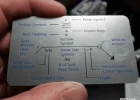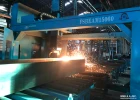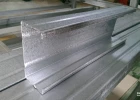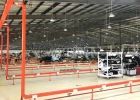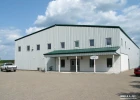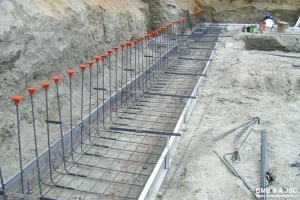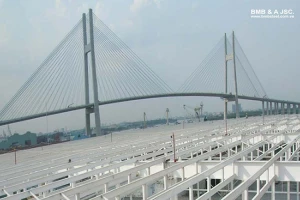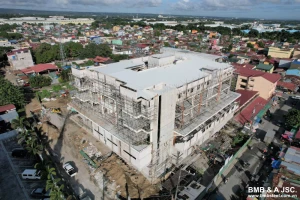The differences between deformation joints in steel structure buildings
It is common that steel structure buildings are deformed due to the impact of external factors which can result in cracking and even construction damage. How can we deal with the situation? The answer is to add deformation joints. Let’s look at BMB Steel’s writing below to find out about the differences among different types of deformation joints in pre-engineered steel buildings.
1. What is a deformation joint?
A deformation joint is a narrow gap between separate parts of the construction which is used for reducing the possibility of construction being cracked or damaged under the impact of external factors.
There are three types of deformation joints: Expansion joints, Settlement joints, and Seismic joints.

2. Expansion joint
An expansion joint, or movement joint, is a deformation joint that is designed for buildings that are relatively large in width. Due to the impacts of external factors like temperature and humidity, parts of the building can be either expanded or contracted. Therefore, it is necessary for construction companies to put joints in certain points between sections of the building such as the walls, floor, roof, or other parts of the building. In this context, the building is separated into different parts in order to deal with excessive temperature and prevent the foundation from being damaged.
Since temperature variation and concrete shrinkage can be effectively controlled in the underground part of the concrete structure, when an expansion joint is established, the double-column foundation of the frame and structure bends, not separated.
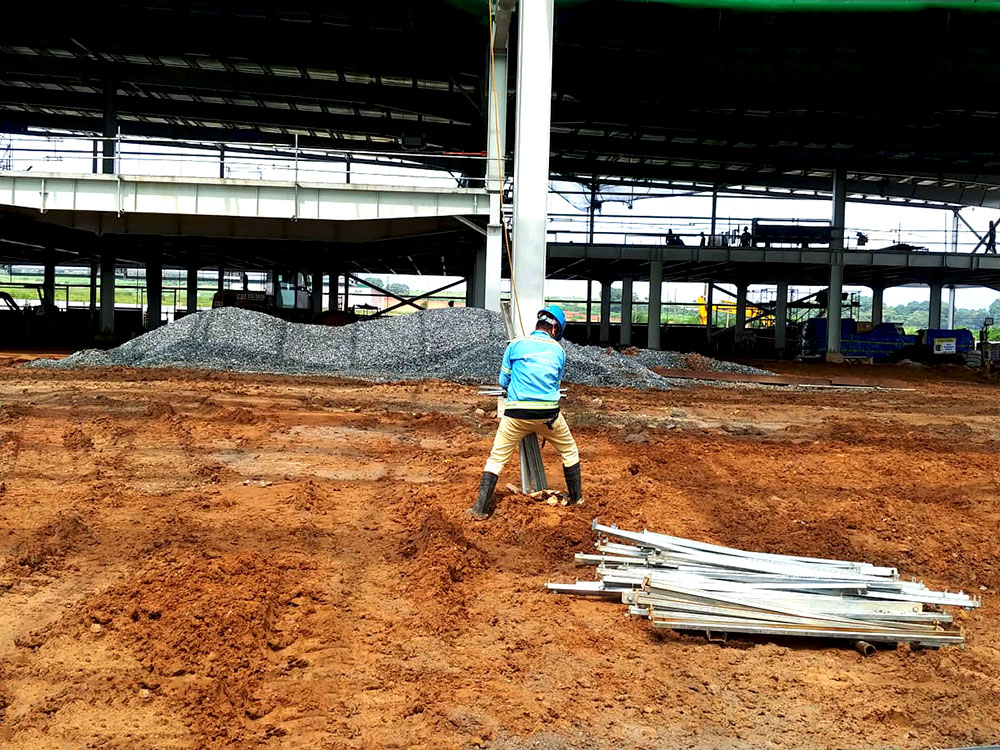
3. Settlement joint
A settlement joint is a deformation joint that is designed for building with differences in a load of distinct parts, differences in the number of layers, and different bearing capacities of the foundation. Generally, setting up settlement joints is important to prevent uneven settlement of the building. Besides, it also helps make the settlement of each part uniform and avoids creating more stress in the structure.
Settlement joints must be separated from the foundation to the upper structure and are used for constructions built on the ground with different bearing capacities. When establishing these joints for high-rise buildings and their foundation, it is important to determine the reliability of lateral fixation and effectiveness of burial depth of the foundation of the main high building. If there is no settlement joint set, it is necessary to reduce uneven settlement and its impact.
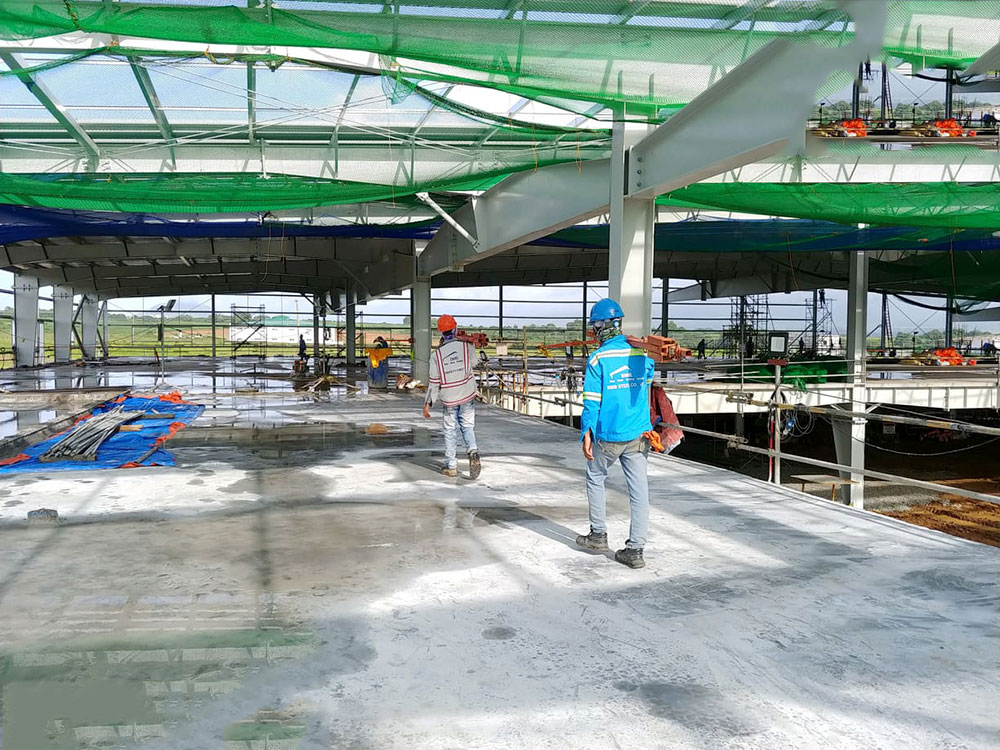
4. Seismic joint
The seismic joint is a deformation joint that is designed to divide a large building into different parts which can be used to prevent damage of the building and disconnection between the building and foundation due to earthquake vibration. These joints help ensure that construction is not affected by underground factors such as earthquakes or the impact of wind in cross-section.
Not all complex buildings are encouraged to have seismic joints. It is important to consider the advantages and disadvantages of establishing such a type of joint in buildings. There are mainly two trends regarding building this type of joint:
- Establishing seismic joints in buildings can make it easier to analyze models of seismic structure, estimate the seismic effect and find out measures to deal with seismic. However, it is important to consider carefully when it comes to torsion earthquakes and determine the appropriate width for making joints according to the specifications of different codes.
- When there is no seismic joint, it is difficult to analyze models of seismic structures. In this context, it is important to promote the local stress concentration to the joints and calculate the effect of the torsion earthquake carefully. During the process of measuring the vibration, the width of expansion joints and settlement joints must meet the requirements for seismic joints.
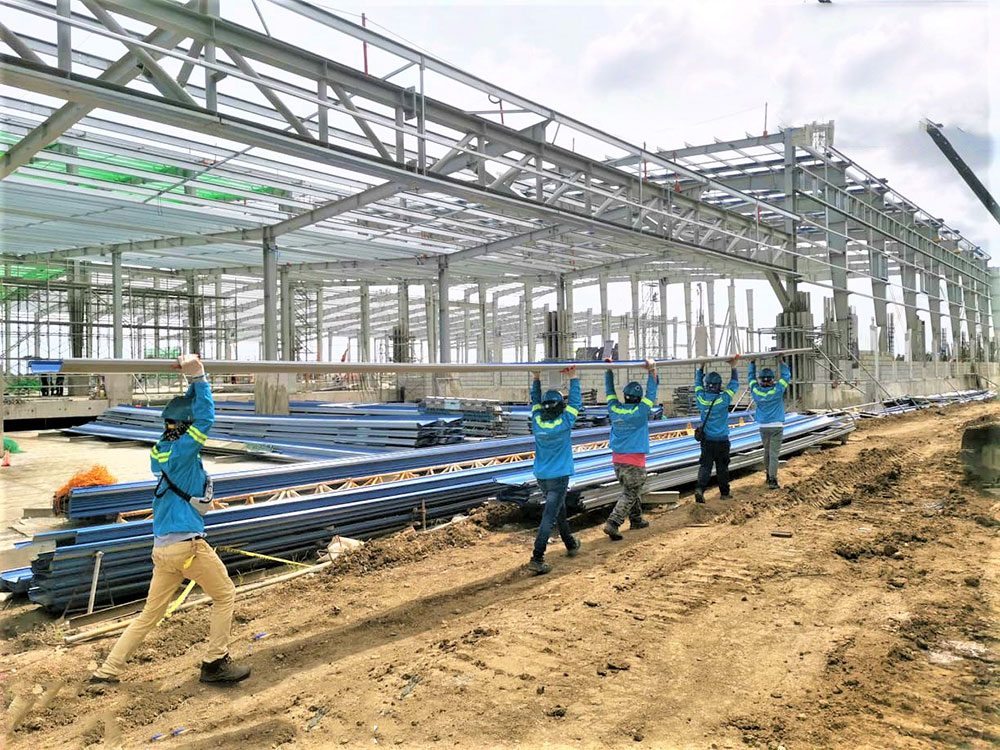
Above is all of the information concerning the differences among different types of deformation joints in steel building structures. We hope that this writing is helpful to you. If there is any future question, do not hesitate to contact us.









